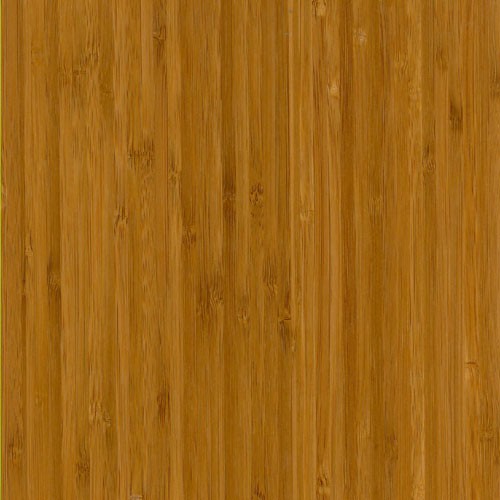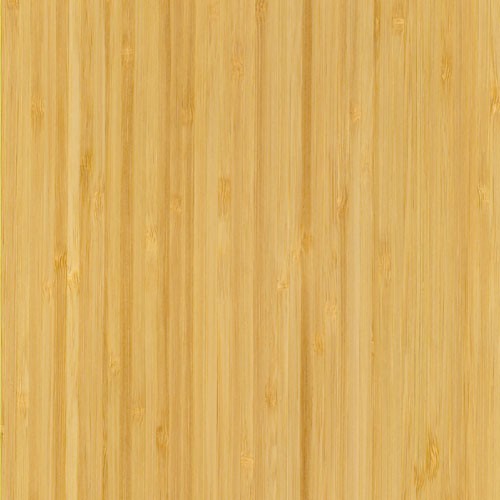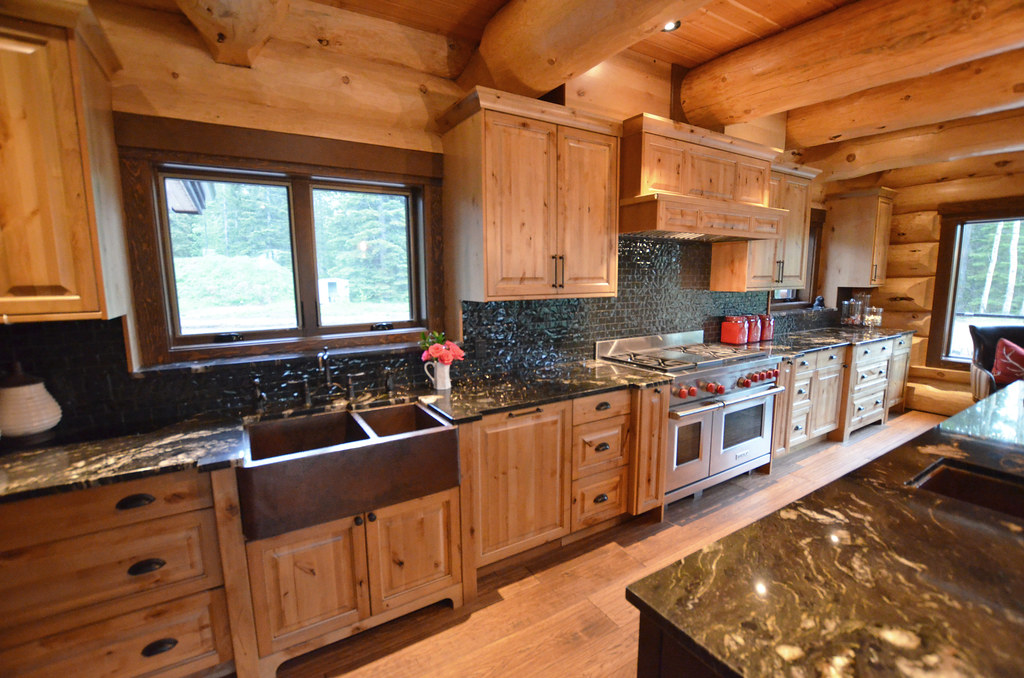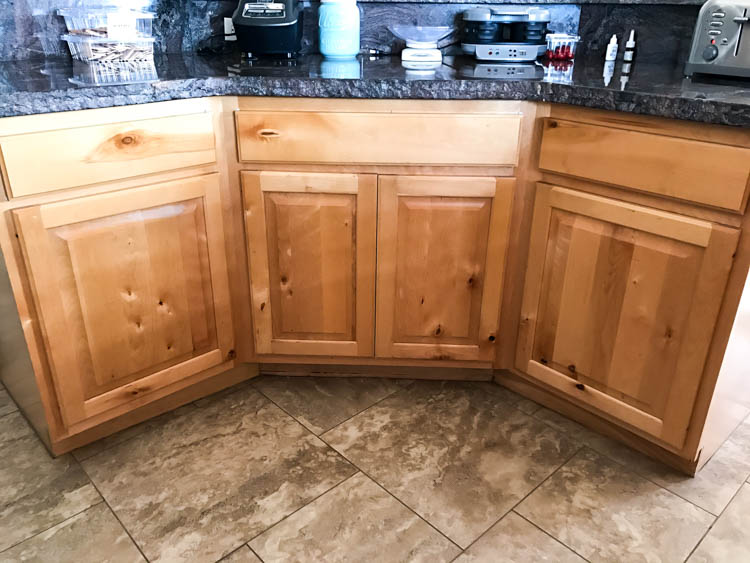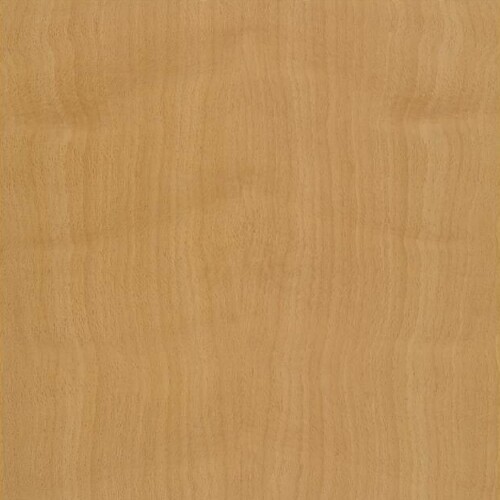Bamboo
Not really a wood, Bamboo is actually a woody grass. But it is a viable replacement for wood for several reasons. First and foremost, Bamboo is the fastest growing plant on earth — some species can grow up to 3 feet a day — making it one of the most responsible material choice from a natural resource management perspective. In fact, it can be harvested every 3-to-5 years as opposed to the typical 10-to-20 years for most softwoods. Second, despite how fast it grows, Bamboo is one of the strongest building materials you can work with — with a tensile strength of 28,000 psi.
Another advantage of Bamboo is its pleasing appearance. Color wise, it ranges from a caramel to darker coffee brown on one end of the spectrum to a natural, pale yellow to a light olive cream color on the other. The grain is usually a straight pattern with a stringy, coarse texture. And despite not being a true wood, Bamboo veneer takes stains and finishes like any natural wooden surface.
Super versatile, Bamboo is commonly used for veneer, flooring, furniture, window blinds, musical instruments (flutes, woodwinds, chimes), fishing rods, carving, turned items, ladders, scaffolding, and paper.
Scientific Name:
Bambusa multiplex
Species Distribution:
South Asia
China
South America
West Indies
Southeastern United States
Sustainability Status:
CITES Appendices: Not listed
IUCN Red List of Threatened Species: Not listed


